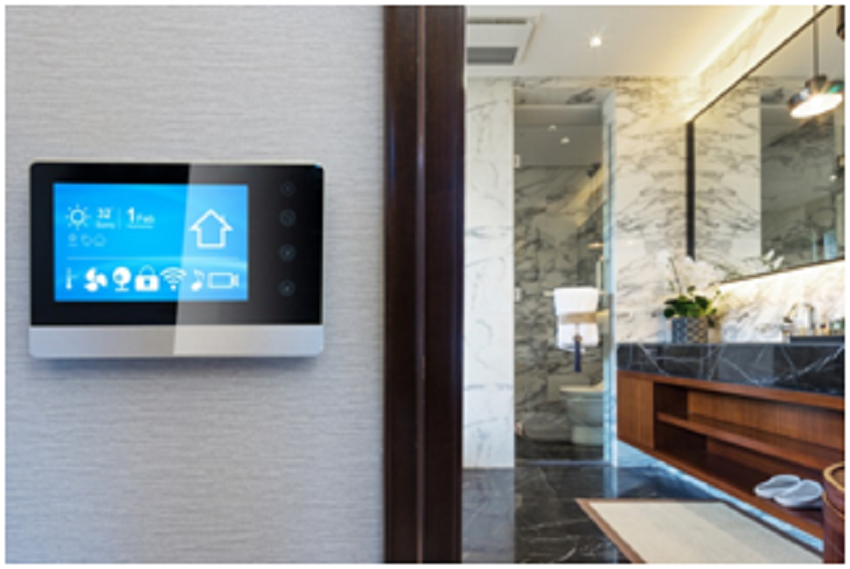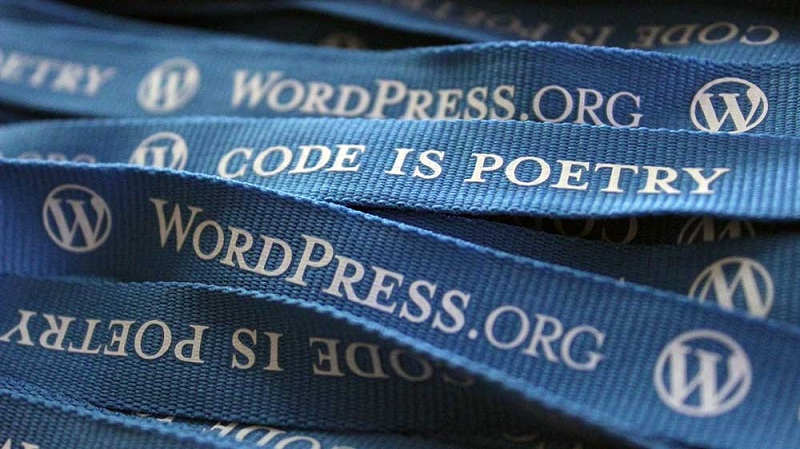As the name suggests, “Big Data” is used to refer to the enormous quantity of data that controls a business on a regular basis. But it is important to be aware that big data is more than only the number of information being transmitted, it is what the organization does to this. Wherein, with IoT engineering, this data can be analyzed for insights to make better choices that would permit the business to proceed.
It’s Utilized to Monitor, the Performance of an Organization
One good example of how significant info is shaping the future of IoT engineering is the construction of an office block. As a way to capture readings on temperature, humidity, stress, and other related factors, sensors are installed in the building. Readings may be done on a daily or hourly basis, which would be transmitted to a computer or central system running in the cloud.
After a while, this data would accumulate and be categorized as “significant data” which would be monitored to analyze the operation of the building and when there would be no necessity to refurbish it later on.
Besides that, big data may also be used in commercial construction also. This may be via the CAD documents, and project scheduling data gathered through recent years. Likewise, it may also be in a customer relationship agreement.
How’s Big Data Utilized?
To determine how big data is employed in the business, it is important to focus on this design-build-operate lifecycle. This defines most organizational jobs today.
For instance, in the construction business, significant data could be seen within the design and modeling. Environmental information, social networking talks, and stakeholder input can be used to understand what should be constructed, and the ideal place of where to make it. Plenty of major companies have already been using massive data analysis to decide where to develop new engineering facilities which would be helpful for the organization and the surroundings.
Additionally, big historical data could be evaluated to familiarize oneself with the routines and probabilities of building risks. This would decrease the incidence of accidents.
How Big Data Is Shaping IoT Technology
A few decades back, most customers didn’t heavily rely on technology, but things have now changed. Nowadays, consumers are creating and churning data at a remarkable rate. Most phones and tablets are equipped with different sensors which are capable of transmitting information on a regular basis. In a house setting, there are various automation devices, such as drop caps and thermostats that bring about the information glut. Don’t overlook the Worldwide widespread of social networking– just one great example of how large data is affecting IoT Technology
The Challenges
As a way to assist organizations and business analytics and process the vast expanses of unstructured data brought by SMAC-centric actions, big data solutions have been introduced in the marketplace. Since extensive data is cloud-driven, it is important that the infrastructure remains dynamic to adapt with the horizontal climbing for related solutions.
Additionally, even information centers must be prepared to offer underlying infrastructure capable of addressing the massive compute and storage requirements connected using extensive data. This isn’t limited within the network itself, but with the power– reliable and renewable energy that leaves a smaller carbon footprint, but could still handle the requirements of the technology.
Big Data and Self-Driving Cars
If you’re still unsure how autonomous automobiles ‘operate,’ it is because of significant data. Yes, you heard it correctly. Self-driving cars, for example, Google’s driverless vehicles, use a broad variety of environmental and traffic information on a regular basis to know their status on earth.
These cars have sensors that allow them to track some things, such as the closeness of pedestrians, traffic safety cones, traffic manuals, and a lot more. Unlike human motorists, autonomous vehicles are capable of analyzing their surroundings continuously, which gives them the benefit of detecting vehicular problems as early as possible.
Not just that, what is right about these cars is that they drive much better than human drivers– self-driving vehicles do not experience exhaustion, diversion, and the like. Thus, it makes the road safer for everyone.
What Can the Folks Expect?
In the subsequent years, clients can expect commercial construction companies to delve deeper in the usage of large data– just like what other businesses have already been doing. Among the first applications where this can be observed would be via the extraction of facilities management data digitally from a BIM program.
Author Bio: Chris is a Digital Media Strategist in Orlando, FL and is an experience freelance writer, PPC management, and SEO strategy. Chris is also passionate about startup marketing, environmental issues, and emerging technologies.



